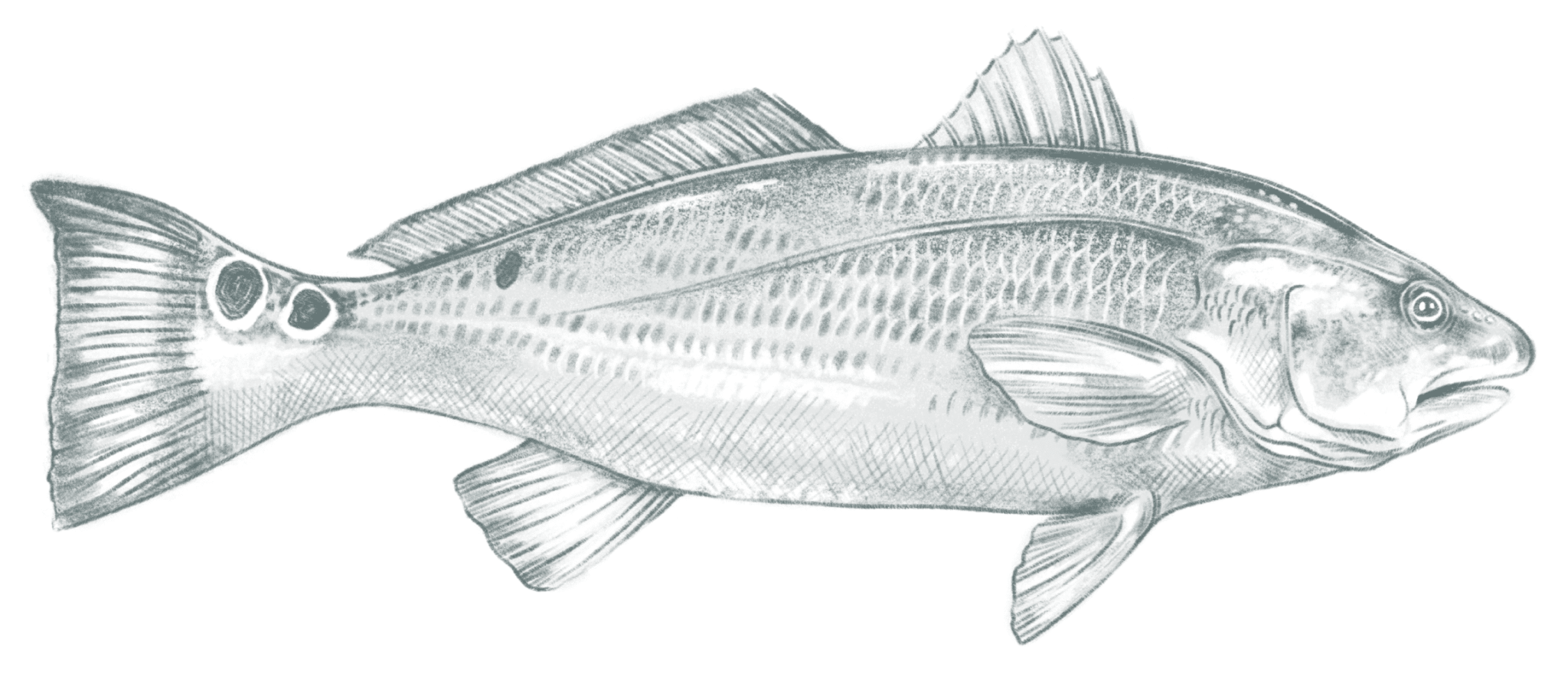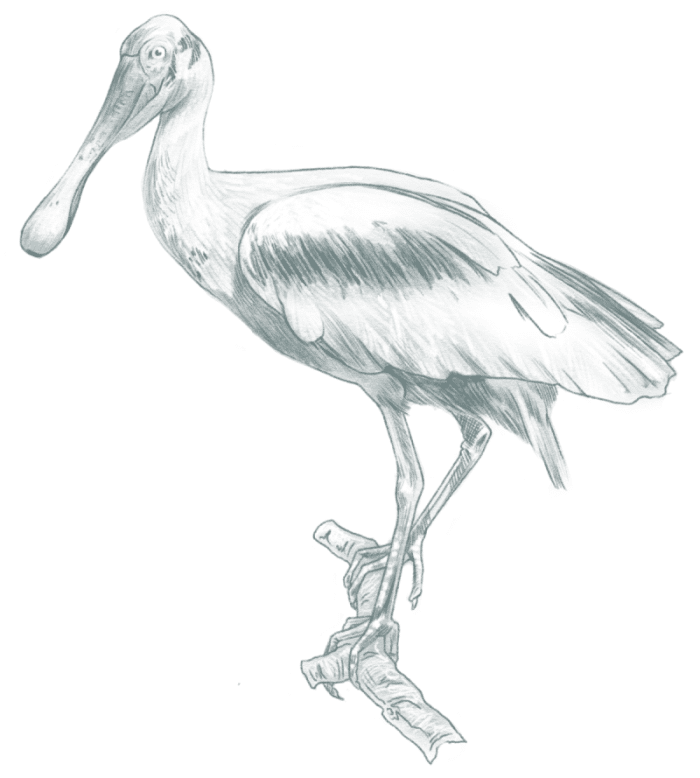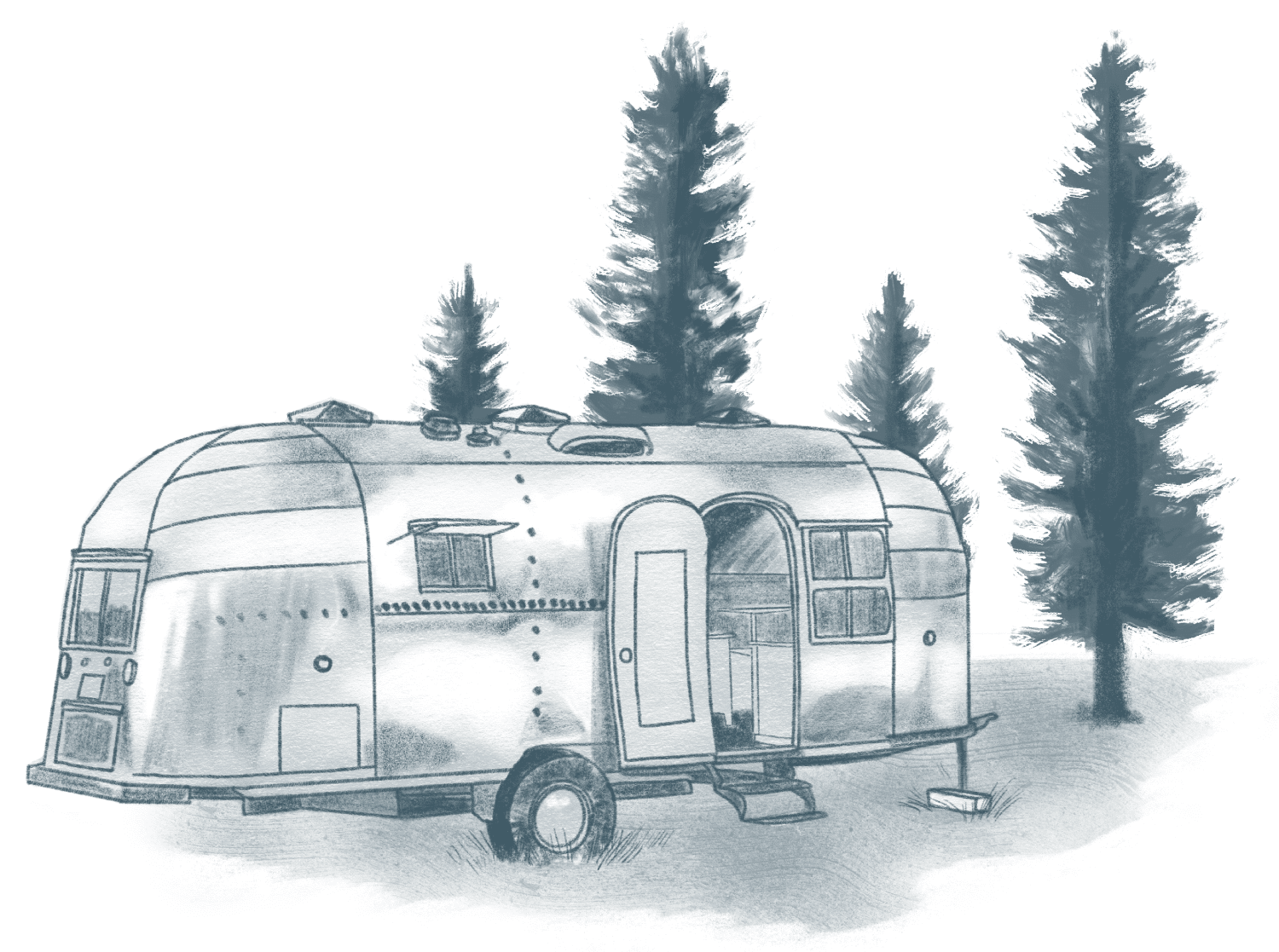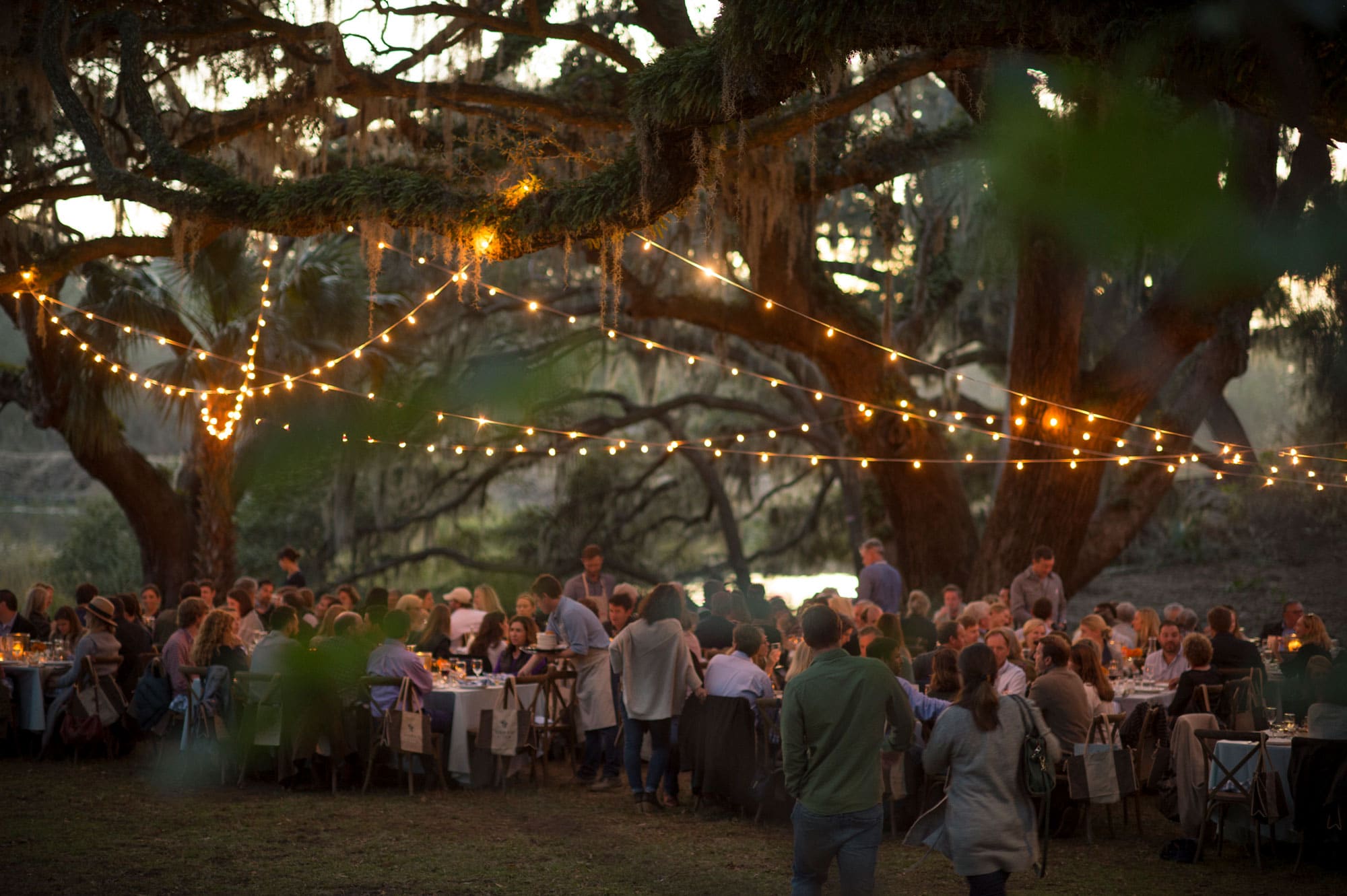Flyfishing
On The Fly, From Base Camp
At the rustic Mullet Hall Basecamp inside Kiawah River, outfitters will have gear at the ready and casting lessons available so the whole family can turn into fly fishing experts.
Drop us a line.
Like a meditation, just being outdoors in the 2,000-acre expanse of Kiawah River connects you to nature—even as a peaceful sunrise erupts in squirrel chatter or an eagle’s call. Maybe you’ll happen on a birdhouse and see a bluebird land and disappear inside. Or you’ll stop to look across the saltwater river and hatch a plan for later—to cruise closer to the tiny, wild islands by boat.
Years of land stewardship and careful planning are now coming to fruition. Trails and roads (mostly unpaved) are in place for wandering and discovery—ready for you to arrive.

With each rise and fall of the tides, here come the fish—redfish “tailing” in the shallow marsh flats and spotted seatrout near mudbanks thick with oyster clusters. All of this, just a hop in the boat away.
In the creeks and in the Kiawah River, a bay boat, flats boat or jon boat are just right for getting around and the inshore environment is brimming with wildlife and game fish.

Herons fly overhead, wading birds fish in the marsh on lanky, long legs, and the Charleston sea islands provide an excellent migration stopover for songbirds. At Kiawah River, it’s possible to see dozens of species from tiny to tall.
A few species to note: Anhinga, Bald Eagle, Bluebird, Blue Jay, Brown Thrasher, Carolina Chickadee, Carolina Wren, Common Grackle, Downy Woodpecker, Egret, Great Blue Heron, House Finch, Indigo Bunting, Mourning Dove, Northern Cardinal, Red-Winged Blackbird, and Roseate Spoonbill.

At Kiawah River, there are more paths and trails than roads—some 20 miles of trails lead into woods (cedar and oak, holly, pine and palmetto) and along the tidal river, creeks, and ponds.
Wellness is achieved outdoors, naturally. Spontaneity rules. From stargazing to community composting, to simply watching the breeze blow where the Spanish moss hangs low. (Obviously, off-the-cuff poetic rhyming happens here, too.)

At the rustic Mullet Hall Basecamp inside Kiawah River, outfitters will have gear at the ready and casting lessons available so the whole family can turn into fly fishing experts.
At Kiawah River, boating on the flats is part of exploring the saltwater backyard that's just outside. It's a sublime waterscape for kayaking, paddleboarding, and canoeing, too. This is your saltwater zone for wildlife watching and meditative paddling with the herons and hawks, dolphins and sea turtles. Or go with seasoned guides on a flats boat, and let them supply all the fishing gear needed.
Steamed and served with plenty of butter and garlic, blue crabs are a Charleston sea island favorite. Wild-caught in creeks right from the docks at Kiawah River, the crabs' shells may be sparkling blue, gray, or brown-green, and reach sizes of up to 10 inches from claw to claw.